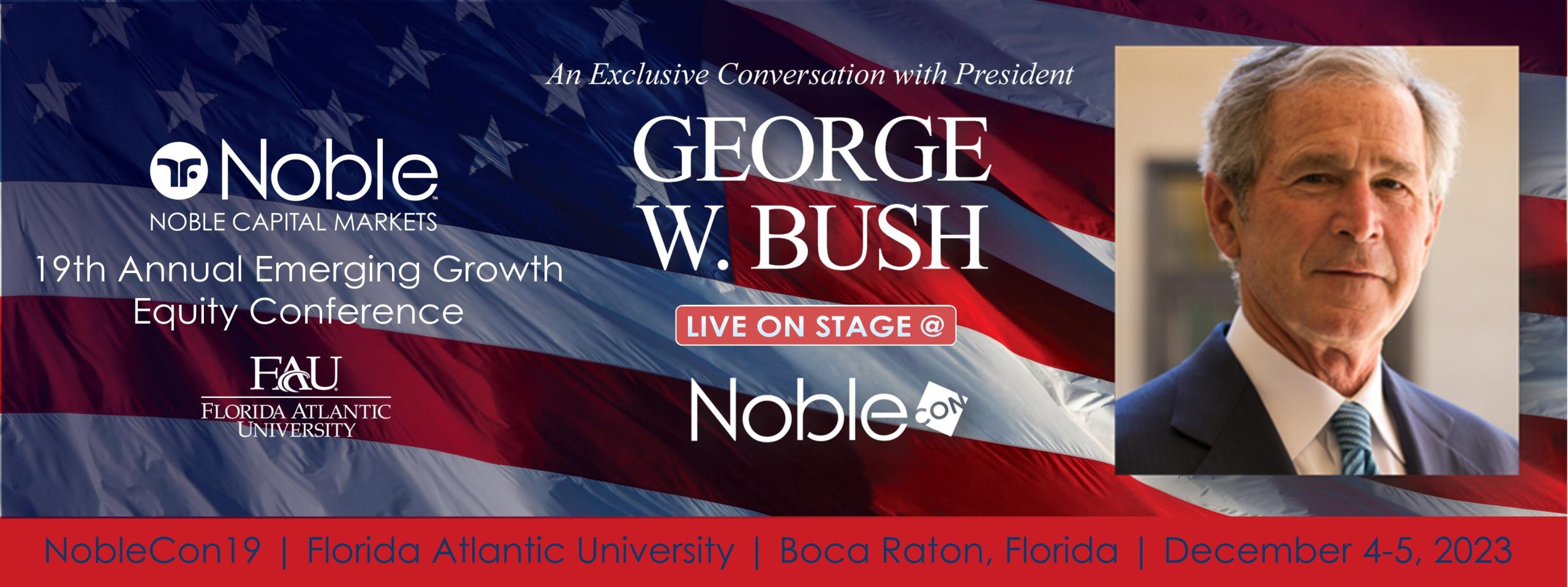The United Auto Workers union made history by simultaneously going on strike against Detroit’s Big 3 automakers – Ford, General Motors and Stellantis. For the first time, UAW is picketing factories across Michigan and Ohio in a dramatic show of force to win contract demands.
On the picket lines are 13,000 auto workers who assemble some of America’s most storied vehicles, including the Ford F-150 pickup, the Jeep Wrangler SUV and the Chevy Silverado truck. Their walkout could reverberate through the economy if dealer inventories dwindle and vehicle production stalls. But UAW contends this risky stand is necessary.
The union is insisting on higher wages after years of concessions, the restoration of pensions and cost-of-living raises to combat high inflation. But the automakers reject these proposals as unaffordable, warning they could force vehicle price increases.
This high-stakes standoff will shape the future of the legendary UAW and the Detroit automakers as they undergo a historic transition from internal combustion engines to electric vehicles. It also tests President Biden’s promise to be the most pro-labor president in history.
Rather than initiate a full-scale walkout, the union has targeted key plants to pressure automakers to raise their offers while preserving UAW’s $825 million strike fund. Top negotiators remain far apart, with the automakers offering 20% raises over 4 years versus the union’s demand of 36%.
On picket lines in Michigan and Ohio, workers want their pay and benefits restored after bailing out the automakers during tough times over the past decade. But executives counter their offers are strong given economic uncertainty.
UAW’s escalation coincides with a new, more aggressive approach under President Shawn Fain. The union aims to regain some of the concessions made during the Great Recession that preserved the automakers but cost workers.
With UAW flexing its muscles more forcefully, Motor City has become ground zero for labor’s resurgence. All eyes are on Detroit as its workers unite to reshape their contract. The outcome will echo through the auto industry and economy at large.
UAW insists the automakers can afford their proposals, arguing labor costs are minimal compared to profits and executive pay. But Ford, GM and Stellantis contend ballooning expenses will destroy their competitiveness against foreign automakers operating U.S. plants.
This dicey labor dispute encapsulates the shifting power dynamics between America’s workers and corporations. Coming out of the pandemic, unions are demanding a greater share of profits across industries.
The auto sector highlights this trend with UAW navigating a precarious situation. It must balance restoring worker pay and benefits while avoiding costs that could jeopardize the automakers’ stability.
UAW’s last major strike against GM lasted over a month in 2019, costing the company billions. With UAW now pressuring all three automakers concurrently, the economic risks are amplified.
Beyond pay, the union aims to secure jobs for members as Ford, GM and Stellantis scale EV production. This includes unionizing joint venture battery plants that represent the auto industry’s future.
UAW vows to hold the picket line for as long as it takes to win an equitable contract. With UAW doubling down on more aggressive collective bargaining, Detroit is at the epicenter of labor’s resurgence.
The outcome of the auto showdown will determine UAW’s direction. It will also impact America’s manufacturing landscape and the Biden administration’s pro-union bona fides. All eyes are on Motor City as workers stand united.

